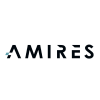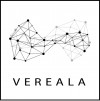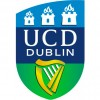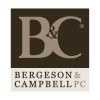The European Commission Joint Research Center (JRC) has published a non-binding naming convention as a first step to harmonise different nanomaterial definitions across the globe and corresponding particle counting measurements based on key criteria regarding each specific definition. The proposal is based on a combination of 4 parameters (origin, C1-C2-C3, metrics, threshold). Origin takes values of a) manufactured (m), incidental (i) or natural (n). Counting C1-C2-C3 indicates how the particles are counted: C1 refers to the individual constituent particles, C2 refers to the agglomerates, and C3 refers to the aggregates. The metrics used in the definition refers to the basis of the size distribution, eg. number, mass, surface or volume. The threshold is the percentage: any number larger than 0 up to 100. According to the authors, this general universal nanomaterial naming convention represents a valuable step towards more transparency, however it only represents the views of the authors and not necessarily those of the European Commission.
Source: Rasmussen et al. How nanoparticles are counted in global regulatory nanomaterial definitions. Nat. Nanotechnol. 19, 132–138 (2024). https://doi.org/10.1038/s41565-023-01578-x



















